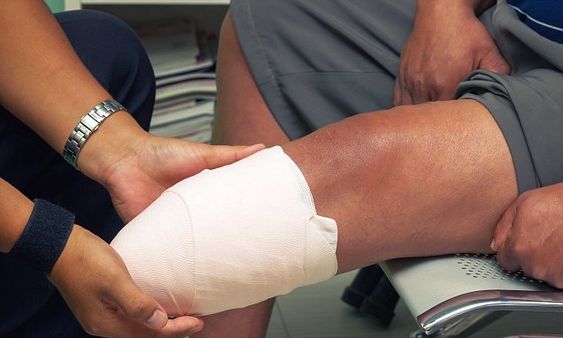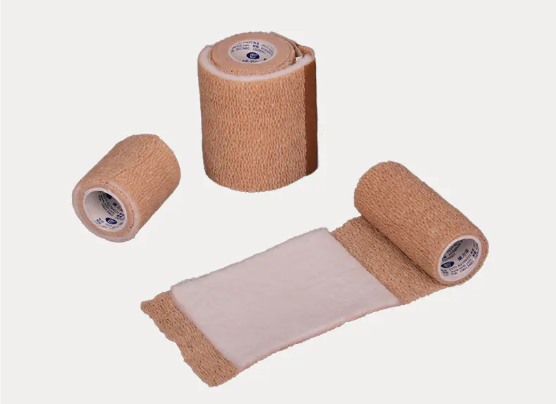About one-quarter of people with diabetes develop foot ulcers. Diabetes accounts for 1/3-1/2 of all non-traumatic amputations, and foot ulcers account for 85% of all causes. It is also the leading cause of diabetic amputation. People with diabetes often develop ulcers, which are caused by damage to nerves and blood vessels caused by diabetes. These ulcers may cause edema and affect the patient's quality of life. Compression therapy is a commonly used treatment that can effectively control edema in patients with diabetic ulcers.
Comprehensive treatment measures for diabetic foot:
1. Local debridement of wounds:
For patients with diabetic foot infections, it is necessary to conduct debridement as soon as possible to drain pus and remove necrotic tissue. Effective debridement can not only remove necrotic tissue and reduce the effect of bacterial proteases on wound healing, but also reduce wound pressure and facilitate granulation. Growth of tissue.
2. Anti-infective treatment using functional dressings:
Infection of the diabetic foot will also affect the treatment and prognosis of diabetes, so the use of anti-infective dressings is very necessary. Silver ions provide a moist repair environment, promote the autolysis of necrotic tissue, and accelerate the growth of granulation tissue and the formation of epithelium. Negative pressure suction uses drainage tubes and dressings to act on the wound surface after debridement, absorb the exudate, and promote the regeneration of the wound surface. Both are mainly used in the early stage of diabetic foot treatment, while the autologous platelet-rich gel technology is mainly used in the later stage of diabetic foot treatment to promote tissue regeneration.
3. Use compression therapy to control edema:
Compression therapy is a treatment method that uses external pressure to promote wound healing. This treatment can speed wound healing by increasing local blood flow, promoting tissue regeneration, and reducing edema. In patients with diabetic ulcers, compression therapy can effectively control edema and reduce wound exudation and inflammatory response.
Compression therapy can be achieved in different ways. One of the common methods is to apply pressure using elastic bandages or compression stockings. This method can reduce edema by increasing local blood flow and lymph circulation. Another method is to use an air bed or air cushion to apply pressure. This method can reduce edema by changing position and reducing pressure points.

There are a few things to note when using compression therapy. First, the appropriate pressure intensity and time need to be selected based on the patient's condition. Pressure that is too strong or for too long can cause tissue necrosis and other complications. Secondly, the condition of the wound and skin needs to be checked regularly to avoid other complications.
In conclusion, compression therapy is an effective treatment that can help patients with diabetic ulcers control edema. When using compression therapy, you need to pay attention to the appropriate pressure intensity and duration and check the condition of the wound and skin regularly.
For more information customized on Innomed®Medical Bandage First Aid, Refer to the Previous Articles. If you have needs, you are welcome to contact us; You Wholeheartedly. At longterm medical, we transform this data by Innovating and Developing Products that Make Life easier for those who need loving care.
Editor: kiki Jia
Date: September 21, 2023

 English
English عربى
عربى Español
Español русский
русский 中文简体
中文简体








